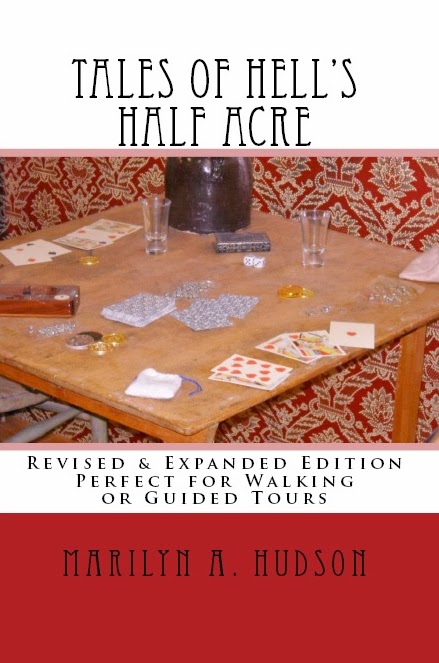.jpg)
In March of 1918 a troupe pulled into Oklahoma City for a run in the local theater, The Overholser, for three days. Top rated minstrel show, "Al G. Fields" included in their performers was listed an "A.R.Palmer". There was also another Palmer with first name Don and a Lasses White.
The name listed is no doubt a typo and should read "Al J. Palmer." He was a songwriter and had several popular tunes out on sheet music in the 1916 to 1918 time period. They often carried the label indicating they had been made popular by an artisan such as Sophi Tucker or one of the performers from the Al G. Fields Minstrel Show.
Some of his sheet music can be found in archive collections, such as at
this link. He published some under his own label, "Al J. Palmer Music Publishing" out of Columbus, Ohio. Much of it reflects the demands of supplying music to a "minstrelsy" entertainment company. Several were popular into the early 20th century, such as Fields. Palmer also worked for the 'Neil O'Brien Shows' and a number of "Eastern stock companies."
It Took the Sunshine from Old Dixieland
I'll Come Back Some Day
Dancing at the Old Plantation
You Only You, Broke My Heart
That Chocolate Colored Gal of Mine
Wake Up Sleepy Hollow
The Only Sweetheart I Ever Had
Let's Go
Will You Sometimes think of Me
March Eternal
In about 1919-1922 the pastor of Oklahoma City's Wesley Methodist Episcopal Church discovered he was in town and approached him about working with the youth program (Epworth League) to organize some boys bands. He accepted the offer and organized a junior and senior boys band and later an orchestra.
He published under "Al J. Palmer Music Publishing" out of Columbus, Ohio but did publish some through other firms. He was mentioned in a 1920 issue of
Billboard. The article noted his brother Don Palmer and friend Lasses White had been very helpful in the success Al J. Palmer's songs were receiving. (Billboard, January 17,1920, pg. 35)
A
marriage record is found 18 May 1920 for "Al J. Palmer" and a "Bunny Dale." (Oklahoma County Marriage Records 1889-1951 Book 36, Pg. 137 (Microfilm)
In 1926 he had an ad in the local paper as "Prof. Al J. Palmer - Instructor of Band Instruments." He was , however, still composing because he also offered "words written to music" and "music written to words"; "special songs written to order" ; "expression in dramatic art"; and "entertaining material furnished for amateurs." (Oklahoman, 3 Oct 1926).
 |
| Wesley Boys Band, ca 1924, Palmer shown lower right. |
In about 1933, he had a operation to treat a brain tumor and in the process he was blinded and his speak impacted. He had to re-learn to speak as well as cope with his blindness.
In 1935, a local Oklahoma City fire chief, George Goff, had heard of what had befallen this once "top-flight minstrel show performer" and writer of some 14 published songs. He also learned the man had that while recovering Palmer had written a new song which he had never heard played. With a copy arranged by one of Palmer's old music students, Walter Harris, the fire department band held a party. At Palmer's home at 2237 NW 26th (NW of the OCU Campus) they performed the march for him. ("Surprise Party Is Given by Band fro Blind Composer, Onetime Minstrel Star", Oklahoman (16 Dec. 1935):4.)
--M.A.H., 2014
 His career was launched in 1912 with the questionably titled, "Negro Blues" (latter retitled with a less acceptable word reflective of the time). This is thought to be the FIRST blues song published and by a performer familiar with the structure of blues music. It set the standard for blues as it developed within the 1920's and 1930's vaudeville entertainment venues.
His career was launched in 1912 with the questionably titled, "Negro Blues" (latter retitled with a less acceptable word reflective of the time). This is thought to be the FIRST blues song published and by a performer familiar with the structure of blues music. It set the standard for blues as it developed within the 1920's and 1930's vaudeville entertainment venues.
.jpg)





